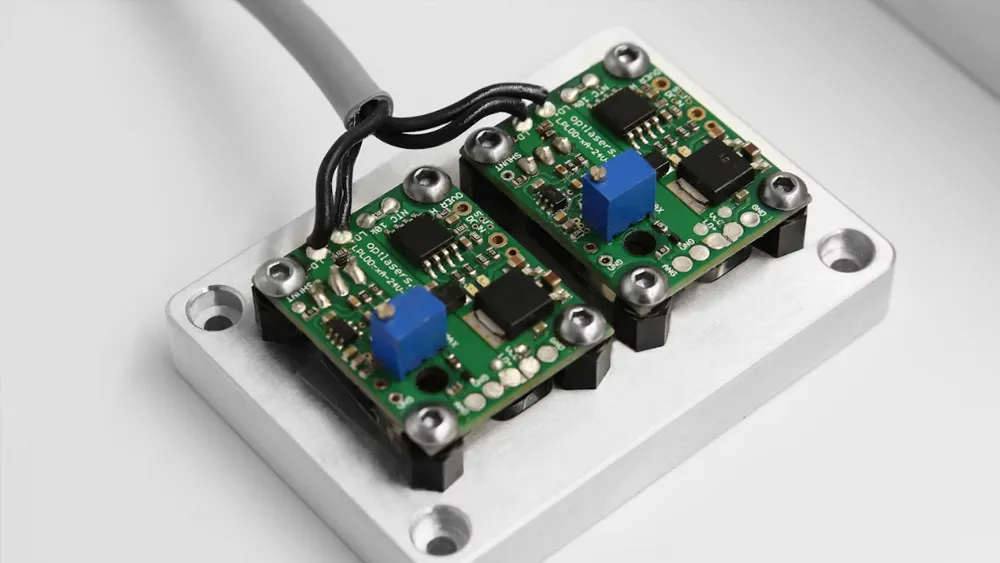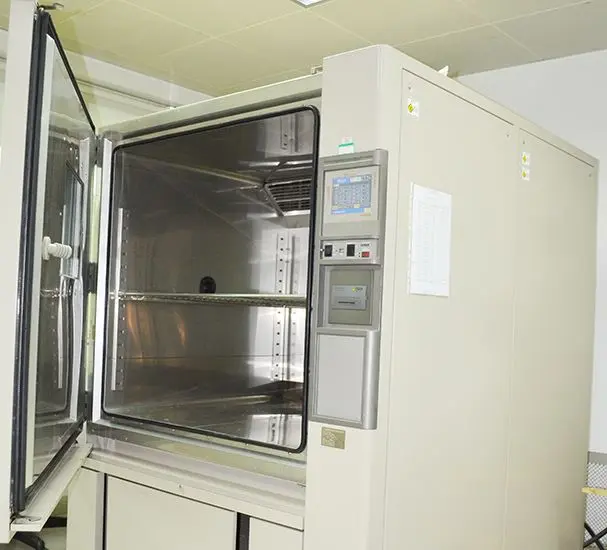
CPSC Helmet Certification
CPSC 1203 Bicycle Helmet Testing
CPSC is equivalent to the U.S. version of CE EN. The CPSC 1203 standard is stricter in impact testing, which means helmets meeting CE EN 1078 may use thinner foam and be lighter than those certified under the U.S. CPSC 1203.

CPSC 1203 Test Items for Bicycle Helmets:
- Peripheral Vision Test
- Positional Stability Test
- Retention System Strength Test
- Impact Attenuation Test
Since March 10, 1999, all bicycle helmets sold in the United States must comply with the CPSC helmet standard. Prior to that, several popULar standards (ANSI, ASTM, and Snell) were in circulation, each with different testing protocols. In the U.S., manufacturers could choose to meet any, all, or none of these standards.
CPSC 1203 Testing Requirements
1. Impact Attenuation– Establishes performance tests to ensure helmets provide adequate head protection during collisions.
2. Children’s Helmets: Head Coverage– Requires helmets for children under 5 to cover a larger portion of the head compaRED to adult helmets.
3. Retention System– Requires the helmet to meet dynaMIC strength tests of the retention system, ensuring chin straps are strong enough to resist breaking or over-stretching that could cause the helmet to come off in an accident.
4. Peripheral Vision– Requires helmets to provide 105° of unobstructed vision to the left and right of the forward direction.
5. Labeling & Instructions– Section 1203.6 requires helmets to carry specific labels with model name and safety warnings about protection limits.
6. Positional Stability (Roll-Off Test)– Specifies testing methods and requirements to ensure helmets remain securely on the head and do not roll off.
The CPSC standardis stricter than the European EN 1078standard but slightly less stringent than the Snell B-95standard. Compared to EN 1078, CPSC requires higher drop heights during impact testing.
Why Is Helmet Certification Important?
Helmet safety standards define everything—from how much of your head is covered to the labeling on the packaging. However, most people only care about one thing: How much impact can this helmet withstand before I get injured?
Helmets protect your brain by reducing the energy transferred during a crash or fall, measured in G-force.
- Experiencing more than 300 Gis considered likely to cause serious head trauma or death.
- That’s why most helmet standards require helmets to transmit no more than 300 Gof force to the brain during an impact.
How to Obtain CPSC Certification for Motorcycle Helmets?
1. Contact JJR Laboratory– Confirm testing conditions and applicable standards.
2. Application– Client completes the CPSC certification application form and signs the service contract.
3. Sample Submission– Client sends helmet samples for testing.
4. Payment– Client pays certification fees for motorcycle helmet cpsc testing.
5. Testing– JJR Laboratory conducts testing on submitted samples.
6. Certification– After successful testing, JJR issues the CPSC test report and certification.
Email:hello@jjrlab.com
Write your message here and send it to us
 What is EU UFI Registration?
What is EU UFI Registration?
 EU UFI Registration for E-cigarette E-liquid
EU UFI Registration for E-cigarette E-liquid
 How to get the MSDS Report for Electronic Cigarett
How to get the MSDS Report for Electronic Cigarett
 Prop 65 Warning on Appliances
Prop 65 Warning on Appliances
 Apparel Heavy Metal Testing
Apparel Heavy Metal Testing
 Can You Conduct Lab Tests to UL Standards
Can You Conduct Lab Tests to UL Standards
 What Products Are Affected by Prop 65?
What Products Are Affected by Prop 65?
 CPSIA Compliance for Children's Products
CPSIA Compliance for Children's Products
Leave us a message
24-hour online customer service at any time to respond, so that you worry!




